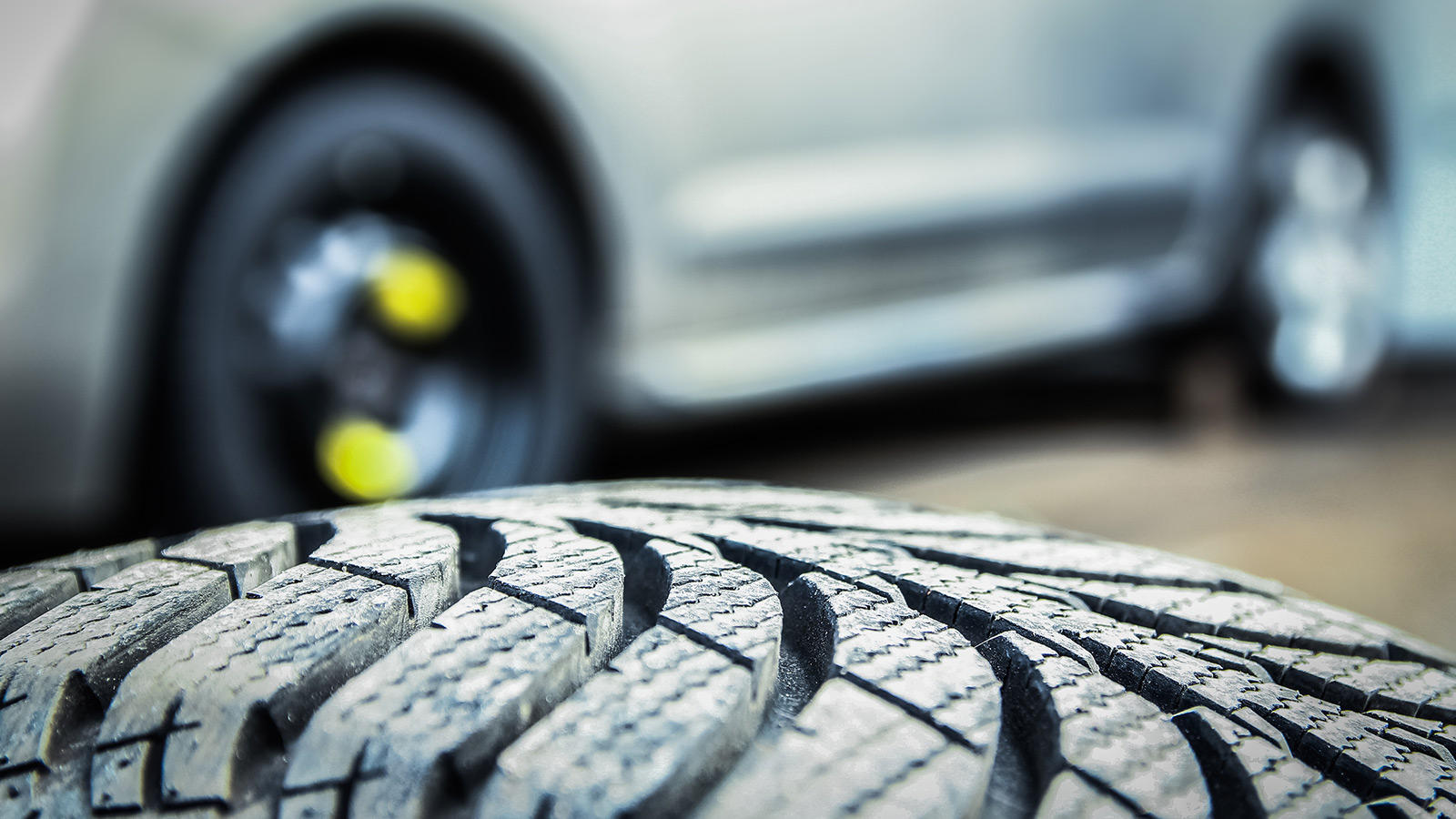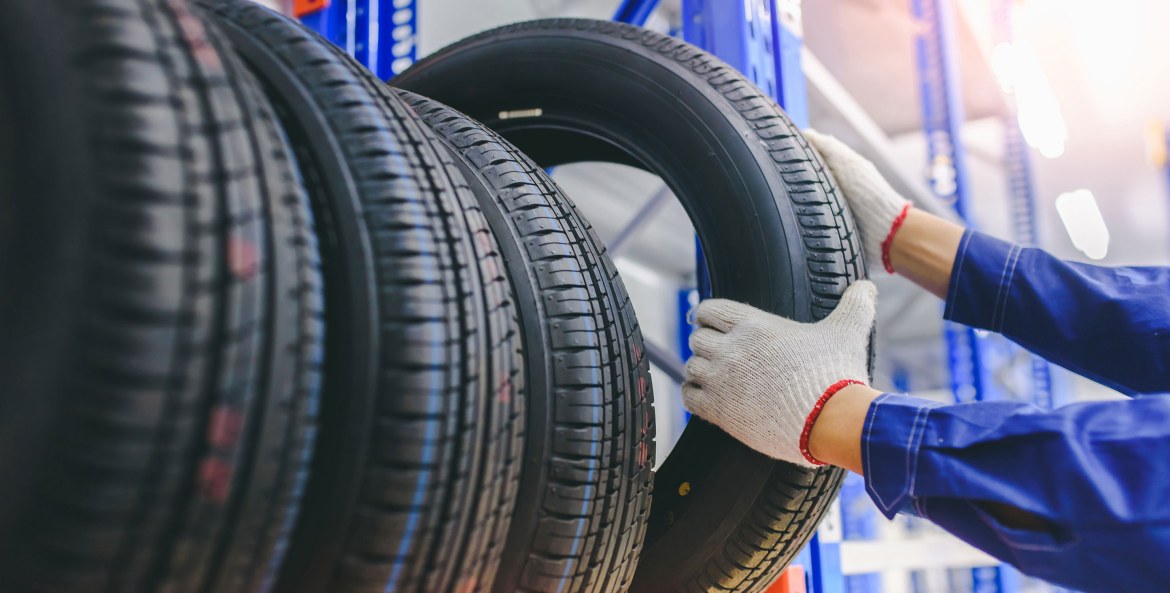All Categories
Featured
Table of Contents
The Michelin supplied a comfy driving experience, characterised by responsive steering and a dynamic understeer equilibrium. In spite of the cooler testing problems, Michelin's constant time and hold over three laps suggests its viability for real-world applications. Conversely, Yokohama's efficiency was distinctive. While its super-quick guiding resulted in a rapid front axle turn, the back revealed a propensity to turn a lot more.
The tire's first lap was a 2nd slower than the second, aiming to a temperature-related grasp increase. For everyday usage, the Michelin could be a much safer bet.
Long-lasting Tyres – Alexander Heights WA
It shared Michelin's risk-free understeer balance however did not have the latter's willingness to turn. Continental and Goodyear's efficiencies were significant, with Continental's brand-new PremiumContact 7 revealing a significant renovation in wet conditions compared to its precursor, the PC6. This design was far much less conscious fill changes and behaved a lot like the Michelin, albeit with a little much less interaction at the restriction.
It incorporated the secure understeer balance of the Michelin and Continental with some stylish handling, proving both foreseeable and quick. As an all-rounder for this Golf GTI, Goodyear's Uneven range was the standout, demonstrating excellent performance in the wet. The Bridgestone Potenza Sporting activity took the crown as the fastest tire, albeit by a tiny margin.
This tyre obtained grippier as it heated up, similar to the Yokohama. Drivers looking for an interesting damp drive could locate this tyre worth considering. The standout performer in damp stopping was the most recent tire on examination, the PremiumContact 7, though the results are nuanced. We conducted wet stopping examinations in three different means, twice at the brand-new state and as soon as at the used state.
Trusted Tyre Sales Near Me ( Wanneroo)
Preferably, we wanted the chilly temperature level examination to be at around 5-7C, but logistical hold-ups suggested we checked with an average air temperature of 8C and water at 12C. While this was cooler than standard examination problems, it was still warmer than real-world conditions. The cozy temperature level examination was done at approximately 18C air and 19C water.
The 3rd run entailed wet stopping examinations on used tires, particularly those machined down to 2mm with a little encounter. While we meant to do more with these worn tires, climate restraints restricted our testing. Nonetheless, it deserves noting that damp braking is most essential at the used state, as tyres generally boost in dry problems as they wear.

Nonetheless, it shared one of the most substantial performance decrease, along with the Yokohama, when put on. Bridgestone, Goodyear, and Michelin saw the least performance decrease when put on. Bridgestone and Goodyear's performance dipped in cooler problems. The Hankook tyre registered the tiniest efficiency decline as temperatures cooled down, but it was among one of the most impacted when used.
Best Premium Tyre Selection Near Me – Alexander Heights WA
The take-home message here is that no solitary tire stood out in all facets of damp braking, showing a complex interplay of variables influencing tyre performance under different conditions. There was a standout tire in aquaplaning, the Continental ended up top in both straight and curved aquaplaning, with the Michelin and Goodyear likewise excellent in much deeper water.

Yokohama can benefit from somewhat more grasp, a concern potentially affected by the cooler problems. When it comes to taking care of, all tyres done within a 2% range on the lap, showing their high-grade efficiency (Wheel alignment services). Nonetheless, thinking about these tires essentially target the very same customer, it interests observe the considerable differences in feel.
The surprise is due to the fact that the PremiumContact 6 was one of my favourites for sporty dry drives, however its successor, the PremiumContact 7, appears elder and resembles Michelin's performance. Among these, Hankook was the least precise in steering and interaction at the restriction. Tyre sales. Both Michelin and Continental used wonderful first steering, albeit not the fastest
If I were to recommend a tire for a quick lap to a newbie, state my father, it would certainly be just one of these. After that we have the 'fun' tires, particularly Yokohama and Bridgestone. Both were speedy to steer and really felt sportier than the others, yet the compromise is a much more playful back side, making them more difficult to handle.
Tyre Installation Near Me
It provided similar steering to Bridgestone but offered much better feedback at the limitation and better hold. The Bridgestone Potenza Sporting activity, however, seemed to break down quite promptly after simply 3 laps on this demanding circuit. There's Goodyear, which placed itself someplace in between the fun tyres and those often tending in the direction of understeer.
Overall, these tyres are excellent entertainers. For roadway usage, I 'd lean in the direction of either the Michelin or Goodyear, relying on your specific choices. In regards to tyre wear, the approach utilised in this test is what the market refers to as the 'gold criterion' of wear. The wear professionals at Dekra conducted this test, which entailed a convoy of automobiles traversing a meticulously planned path for 12,000 kilometres.
Both the Bridgestone and Yokohama tires substantially underperformed in comparison to the various other four tyres in terms of rolling resistance, with Continental slightly surpassing the remainder. Concerning the comfort degree of the tires, as prepared for, many demonstrated an inverse correlation with handling. The Continental, Michelin, and Goodyear tires performed best throughout numerous surface area kinds examined.

Bridgestone began to show indications of firmness, while Yokohama was specifically rough over fractures. We did measure internal noise levels; nonetheless, as is usually the instance, the results were very closely matched, and due to weather restrictions, we were not able to carry out a subjective evaluation of the tires sound. We looked at abrasion figures, which measure the amount of tire step lost per kilometre, normalised to a one-tonne lorry.
Top Vehicle Tyres Near Me
This figure stands for the quantity of rubber dirt your tyres generate while driving. Michelin led in this classification, creating over 9% less rubber particulate issue. On the other hand, Hankook produced 32% even more. This is an element I think the industry ought to concentrate on more in the future, and it's something Michelin is promoting.
Latest Posts
Reliable All-season Tyres (Caversham WA)
Tyre Tuning Near Me – Wanneroo
Tyre And Wheel Services – Wanneroo 6064 WA